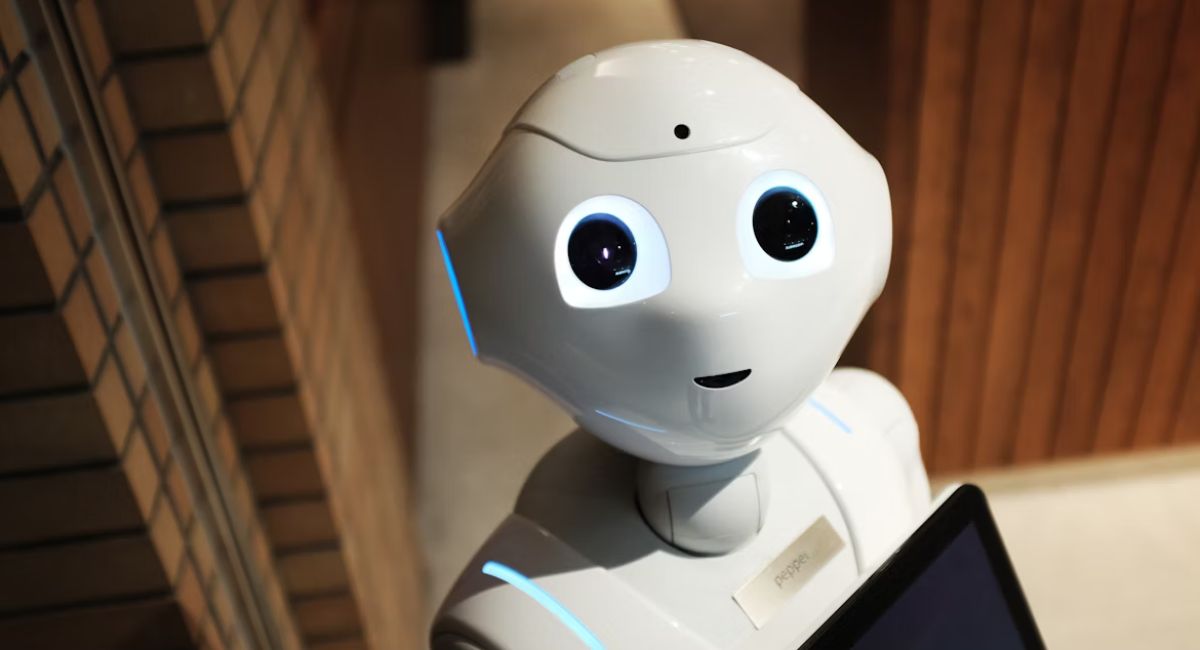AI Robots, Drones, and Futuristic Cars: The Future of Technology in 2025 and Beyond
Artificial intelligence (AI) is no longer just about smart apps and chatbots — it’s powering physical machines that are reshaping industries and everyday life. From AI robots in hospitals to drones delivering packages, and futuristic cars driving (and even flying) themselves, we are entering an era where machines don’t just obey commands, they think and adapt.
According to McKinsey, AI adoption could add up to $4.4 trillion annually to the global economy, with robotics, automation, and smart mobility driving much of this growth. So, how exactly are AI robots, drones, and futuristic cars changing the future of technology? Let’s dive in.
AI Robots: Smarter, Safer, and More Human-Like
The future of robots is AI-driven intelligence. Unlike traditional machines, AI robots learn, analyze data, and make decisions in real time.
- Healthcare AI Robots: Assisting surgeons, helping elderly patients with mobility, and delivering real-time diagnostics.
- Service Robots: Greeting customers in restaurants, providing hotel support, or handling basic retail services.
- Industrial Robots & Cobots: Working alongside humans in factories to boost efficiency and safety.
Drones: The AI-Powered Eyes in the Sky
AI is making drones more autonomous, reliable, and versatile.
- Drone Delivery: Amazon Prime Air and Zipline are using drones for package delivery and medical supply drops.
- Agriculture Drones: Monitoring crops, detecting pests, and optimizing irrigation with AI analytics.
- Rescue & Security: Drones with AI vision are being deployed in search-and-rescue, firefighting, and surveillance.
The next wave? Drone swarms — fleets of AI-powered drones working together like digital bees.
Futuristic Cars: From Self-Driving to Flying Vehicles
The car industry is being transformed by AI, electric power, and automation.
- Self-Driving Cars: Tesla, Waymo, and Huawei are leading the race, reducing accidents and reshaping mobility.
- Electric & Smart Cars: AI optimizes battery life, charging, and energy efficiency.
- Flying Cars & Air Taxis: Companies like Joby Aviation and XPeng are developing vertical takeoff vehicles that could redefine urban travel.
The Convergence: Robots, Drones, and Cars Working Together
The future won’t be about these technologies in isolation — it will be about integration.
- AI robots and drones teaming up for faster medical supply chains.
- Smart cars coordinating with drones for real-time traffic updates.
- Smart cities using all three technologies for logistics, energy, and urban safety.
This convergence could make our lives faster, safer, and more sustainable.
Frequently Asked Questions (FAQs)
What is the role of AI in future technology?
AI will drive robotics, drones, and autonomous vehicles, making them smarter, safer, and more efficient.
Will drones replace delivery trucks?
Not entirely, but AI-powered drones will handle urgent and lightweight deliveries, especially in cities and remote areas.
Are flying cars real?
Yes, several prototypes from companies like XPeng and Joby Aviation are already in testing and could be available in the 2030s.
How will AI robots affect jobs?
While some repetitive tasks may be automated, AI robots will also create new jobs in robotics maintenance, AI training, and human-robot collaboration.
Final Thought
The future of AI robots, drones, and futuristic cars isn’t science fiction anymore — it’s happening right now. For consumers, this means more convenience and safety. For businesses, it’s an innovation curve that could define survival. And for society, it’s about finding the balance between human control and machine autonomy.



